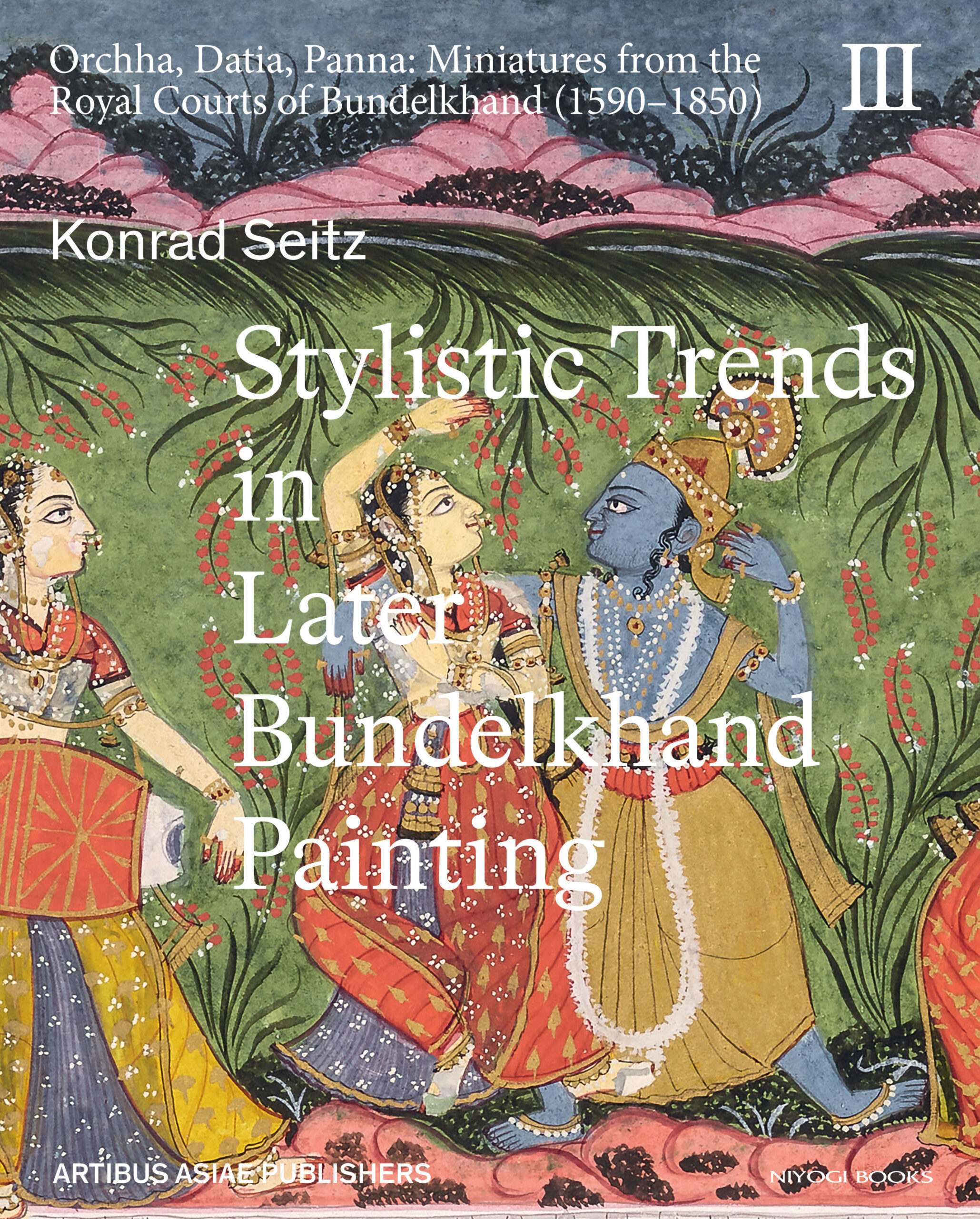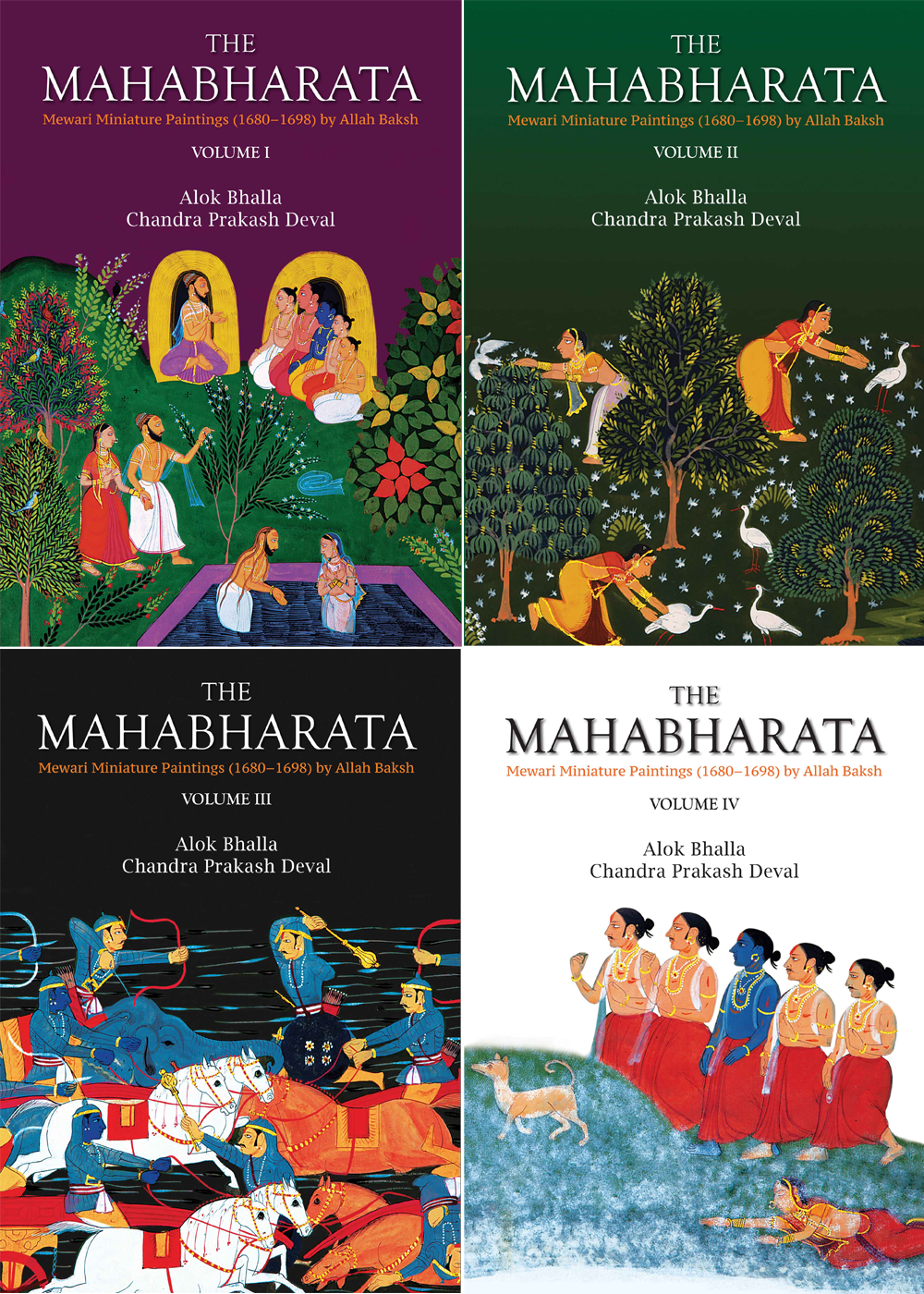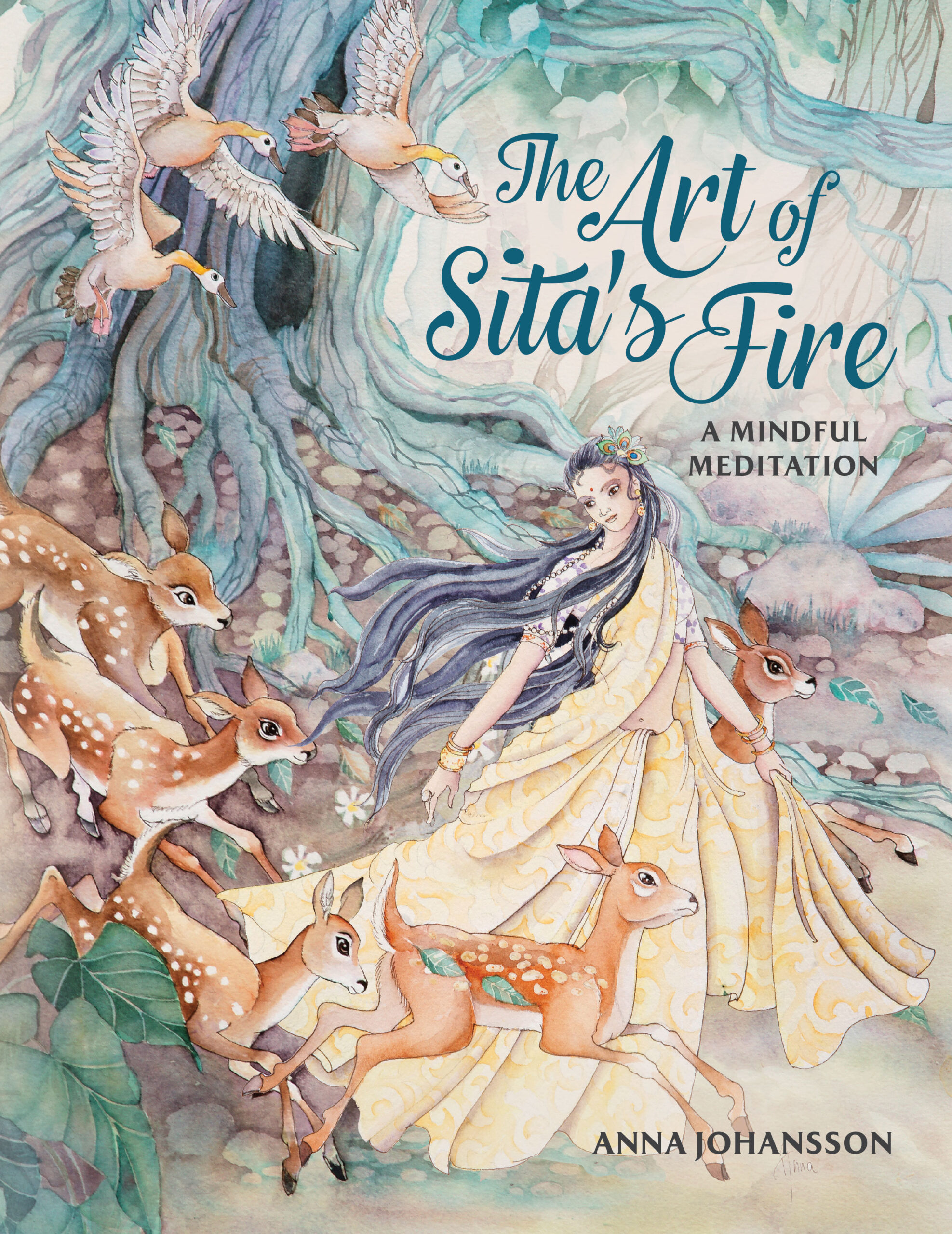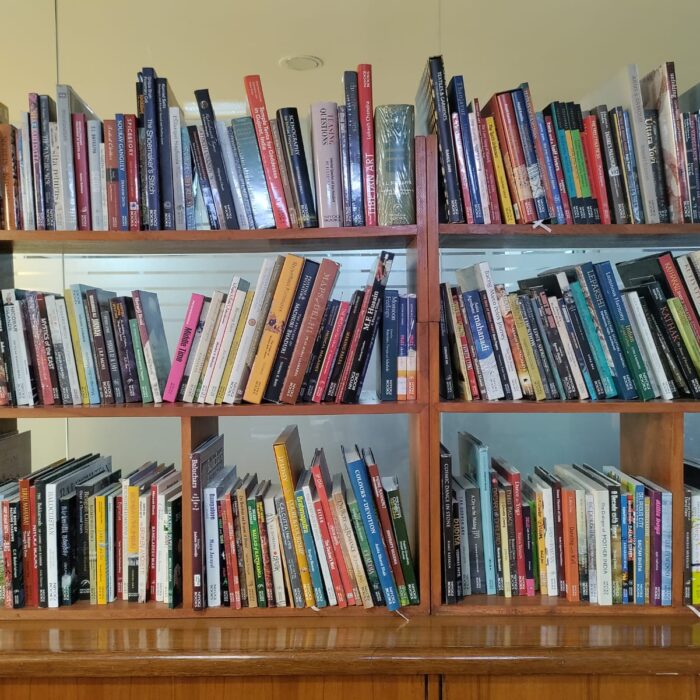Sign up and get notified with new article for free!

Book
Pahari Masters
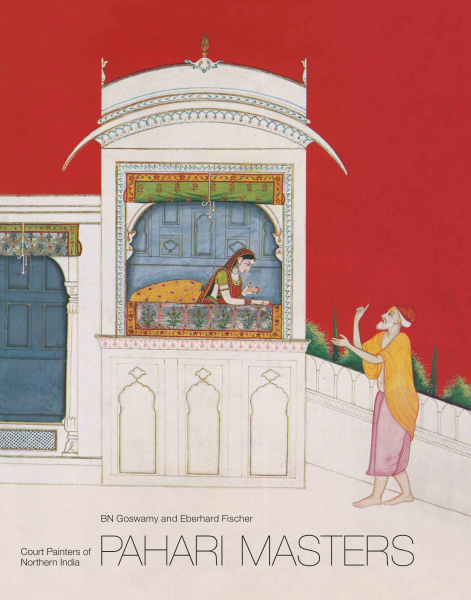
Pahari Masters : Court Painters of Northern India
Pahari painting – ‘Painting from the Hills’, often subsumed under the broad head, Rajput Painting – has long been acknowledged as one of the great achievements of India in the realm of art. For too long, however, the Pahari painter, the maker of these images, has continued to be seen as belonging to an indeterminate, anonymous group of craftsmen who simply plied predetermined brushes. The present work is aimed at challenging that notion, for it presents the painter as a thinking man, faced with, and capable of, exercising choices. It was time that the ‘long winter of neglect’ in which he had been left by history came to an end. The authors draw attention here to fourteen Pahari Masters, whose work spans a period of three hundred years. The paintings come from as many as twenty different museums and private collections, the effort being to select such works as illumine each master’s range as also the processes of thought from which his art is likely to have sprung. Carefully, the essay on each master presents the evidence available on him, the known extent of his work, and an analysis of his style. Pahari Masters is a pioneering work of great significance. When first published in German, it was widely acclaimed as ‘a great work’, and has come since to occupy the status of a classic, laying down the lines along which the future of studies in Indian painting is likely to proceed
|


